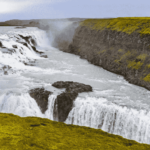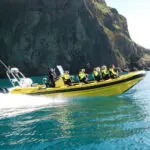Everything you need to know about the fermented shark of Iceland
For centuries, Icelanders had to find ways to store food during long and cold winters. That was before refrigerators and modern technology. One of those “delicacies “, and one of Iceland’s national dishes, is the fermented shark or kæstur hákarl. Of course, we offer a taste on our Reykjavik Food Lovers Tour for those who dare to try.
One way to know if you are being offered a fermented shark is the overwhelming smell of ammonia that refuses to leave your nostrils.
In fact, according to Taste Atlas, the fermented shark is the third worst dish in the world!
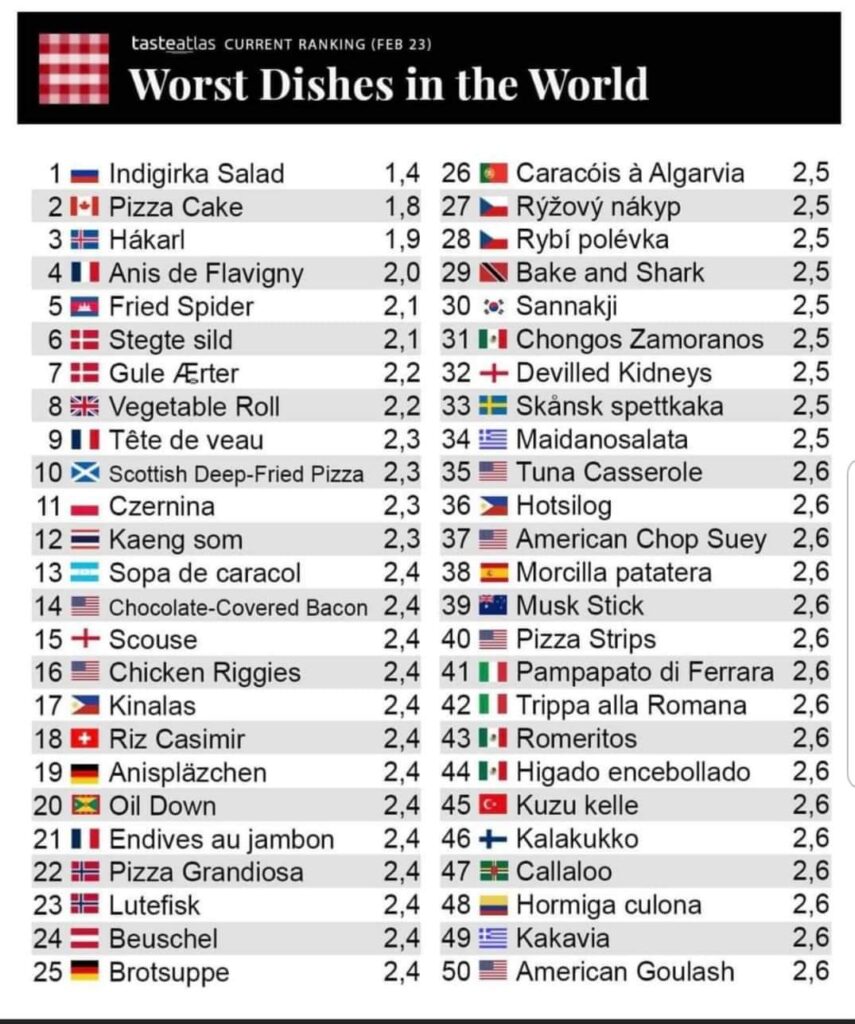
That’s why we tell first-timers to pinch their nose while taking the first bite, and it’s best to wash it down with a shot of Brennivin, which sometimes is called Black Death (strong Icelandic alcohol). Sounds good, right?
You can actually have this with a different strength of taste. Usually, travelers are offered a milder version than the older generation in Northwest Iceland would prefer.
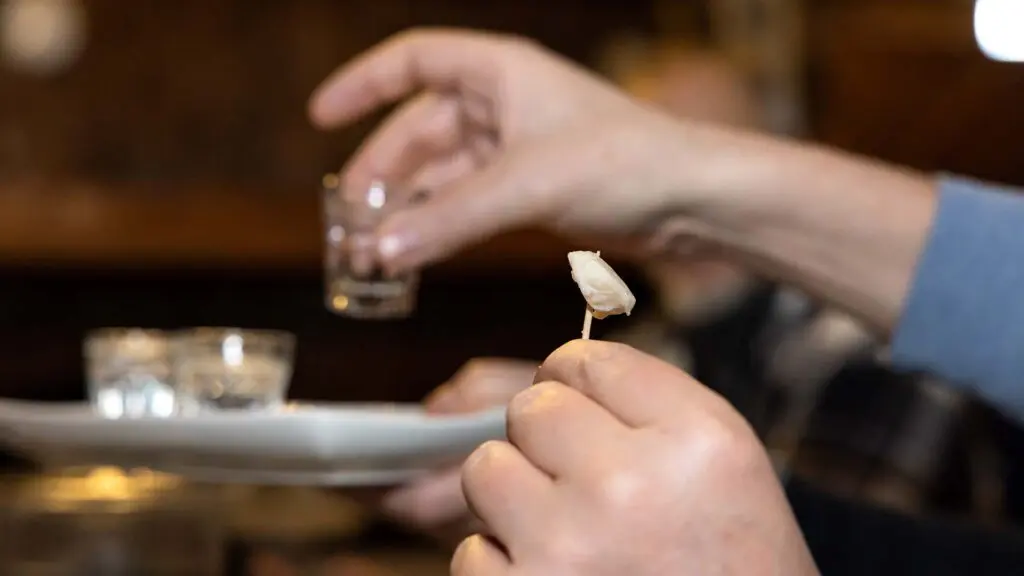
The Taste of the Icelandic Fermented Shark?
My favorite description is that the shark tastes like old cheese with a hint of ammonia. I have heard “Sweet, Nutty and only faintly fishy” and “Smells of urine that has a powerful aftertaste”. But actually, the mild version is not too bad, slightly chewy with a little bit of an aftertaste.
But I have also heard the stronger versions described as “Like chewing a urine-infested mattress” 😉. Some have compared the shark to a Stilton Cheese. That isn’t far off as similar bacteria are used in fermentation.
The Greenland Shark
The shark we eat is this Greenland shark. It can get 6-7 metres long, but most often, it is 2-5 metres long. Unlike many other vertebrates, the shark does not have a urinary system. So shortly after it is killed, the urea starts breaking down, which creates, among other things, ammonia. The fermentation process breaks down the poisonous effects of ammonia.
The Old Fermentation Process
The Greenland shark is cured with a particular fermentation process. One of the old ways is that the shark is gutted, beheaded, and placed in a shallow hole dug in gravelly sand. The shark is completely covered with sand and piled stones on top for 6-12 weeks, depending on the season.
This way, the fluids are pressed out of the meat. The shark is then cut into strips and hung to dry for four to five months. The crust is removed before cutting the shark into small pieces and serving. Often served/sold in a small plastic container where it has been cut into small cubicles. That’s when a toothpick in your wallet comes in handy.
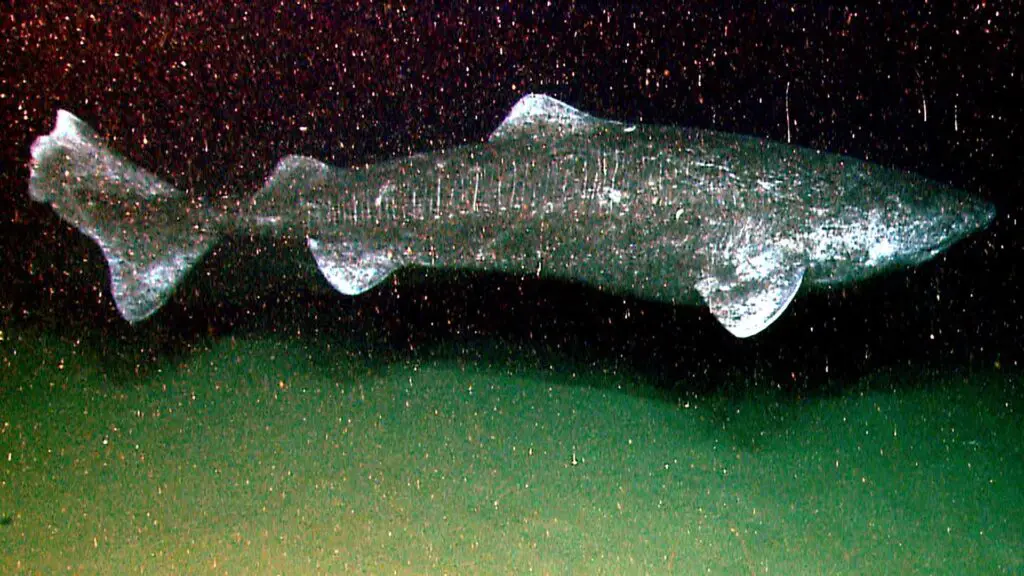
The New Fermentation Process
Bjarnarhöfn is the most famous maker of fermented shark. They have a shark museum you can visit if you visit Iceland. This family has been fishing and making shark for centuries, so they know their shark.
Their fermentation process is that they put the meat into open cold storage boxes for around 6-9 weeks to ferment the shark, and then the meat is hung outside for six months to fully dry out.
The meat loses about 30% in the fermentation process and then 60% in the drying process, so only around 8% of the meat is left after the whole process of getting it ready for human consumption.
The Shark Museum
The Bjarnarhöfn Shark Museum in Snæfellsnes is the only shark museum in Iceland – possibly the whole world. In the museum close to Stykkishólmur, you will learn everything you need about fermentation. Additionally, you will learn why it requires six months to be possible to eat – on a personal guided tour.
You will also learn about the Greenland shark, its biology and its essential place in Iceland’s history.
I think one of the best parts about visiting is seeing the drying house where the shark meat is hanging! That’s pretty cool! Another great this is you will get a taste of possibly the freshest shark you will ever get!
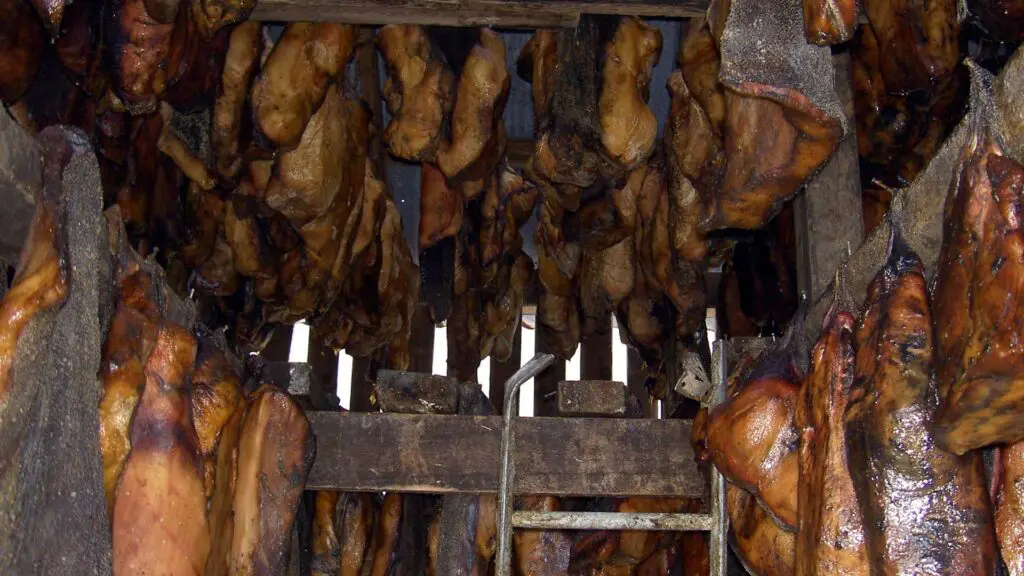
Shark Hunting in Iceland
Icelanders have hunted sharks for centuries, possibly from the beginning of the settlement in the 9th century. However, they were undoubtedly considerable in the 14th century. Fishermen went out on so-called “shark-lying” expeditions on open boats, which could take 2-4 days up to 1-2 weeks!
Rotten seal or other meat was usually used as bait, so it was not good for the fishermen to get queasy.
The golden age of shark hunting was in the 18th and 19th centuries, but only a few small boats go out to hunt them today. Most shark brought onto land accidentally gets stuck in the nets of ships.
The Greenland shark is poisonous
The Greenland shark’s meat is poisonous when fresh; eat a little of it, and you can turn blind, and then a little more can mean death.
But it may be consumed after being processed correctly, so there is no need to worry. It’s perfectly safe to consume from the stores or markets in Iceland. You will be able to find it in most supermarkets. Few bits of advice, though. Do not open the container in your car. Do not open the container in your hotel room either. To be completely honest, it is best eaten outside as the smell can be pungent.
Skyr shark and Glass shark
There are two types of shark meat available.
- Skyr shark: The fillet of the shark and its white meat, usually cut up and served in the little plastic “tourist” containers.
- Glass shark: Refers to the thinner pieces that turn red or brown in the fermentation process. The meat is a bit chewier and saltier.
Famous Last Words on the Rotten Shark
Some of the most famous chefs in the world have come to Iceland and tried this unique Icelandic delicacy. Anthony Bourdain described it as “the single worst, most disgusting and terrible tasting thing” he has ever eaten.
Gordon Ramsay simply spat it out and cursed, while James May, who sat next to him ate it with no problem.
British TV presenter and actor Richard Ayoade and actress Jessica Hynes spent 48-hours in Iceland as a part of the Travel Man series and, of course, tried hákarl at The Sea Baron. They were not impressed, and Jessica said it tasted like a “jellied cube of ammonia”.
In the tv show Bizarre Foods with Andrew Zimmern, the host said, “That is hardcore, this is serious food, that’s not for beginners”.
Shark is Eaten in Þorrablót
To be honest, it’s more the older generation that likes the rotten shark today in Iceland. However, it’s a tradition of eating a little piece of the fermented shark when we celebrate the þorri at þorrablót, the midwinter festivals held all over Iceland. Remember, we always try to have some Brennivín snaps at hand for that ordeal.
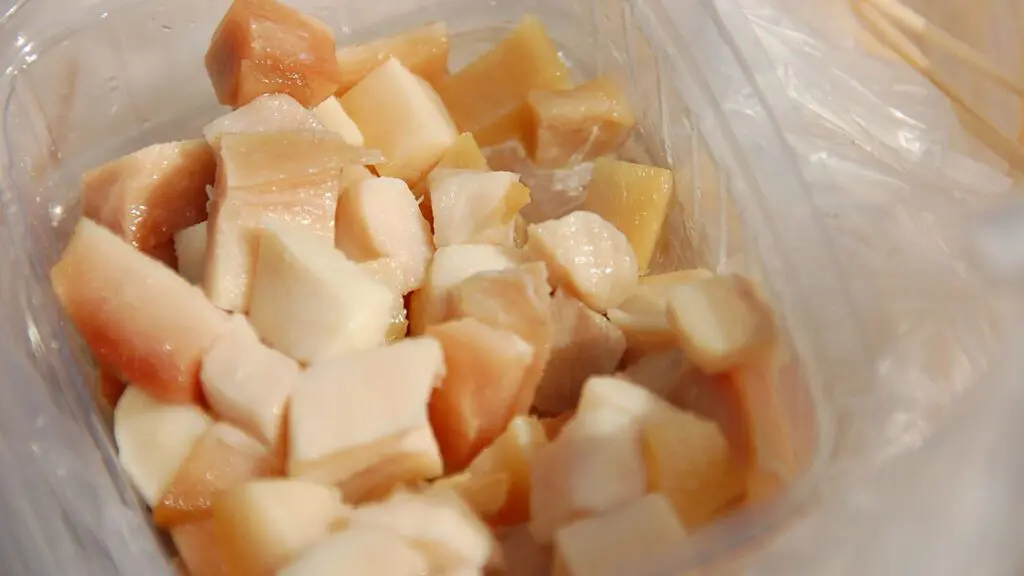
You can read all about the þorrablót tradition in our blog, but it is generally celebrated at the end of January and the beginning of February.
Is the Fermented Shark the Healthiest Food Produced in Iceland?
There is a chemical company in Iceland that analyzes food. According to them, fermented shark is the healthiest food in Iceland. In the past, it was often custom to have a little bite as a side dish with a meal.
Sometimes, food was on the brink of becoming bad for you, and the shark actually helped you with digestion.
Delicious right? 🙂
Please signup HERE for our newsletter for more fun facts and information about Iceland!



